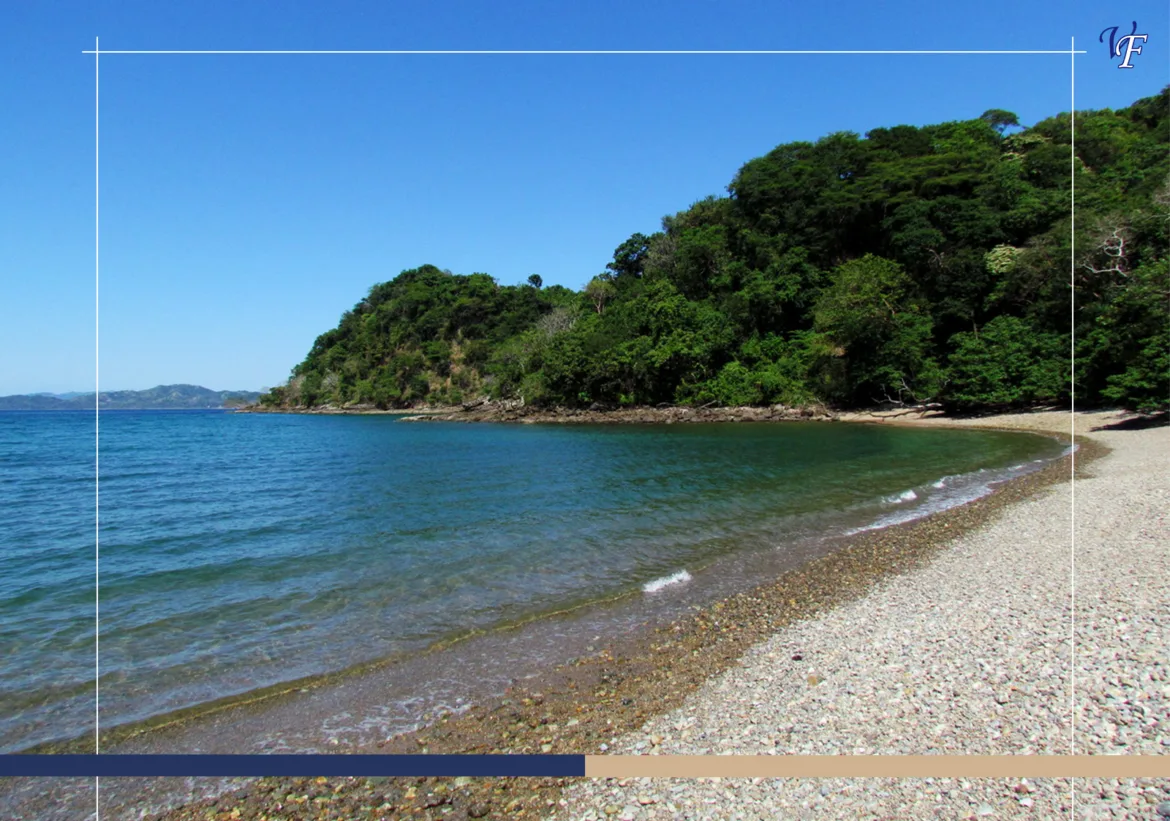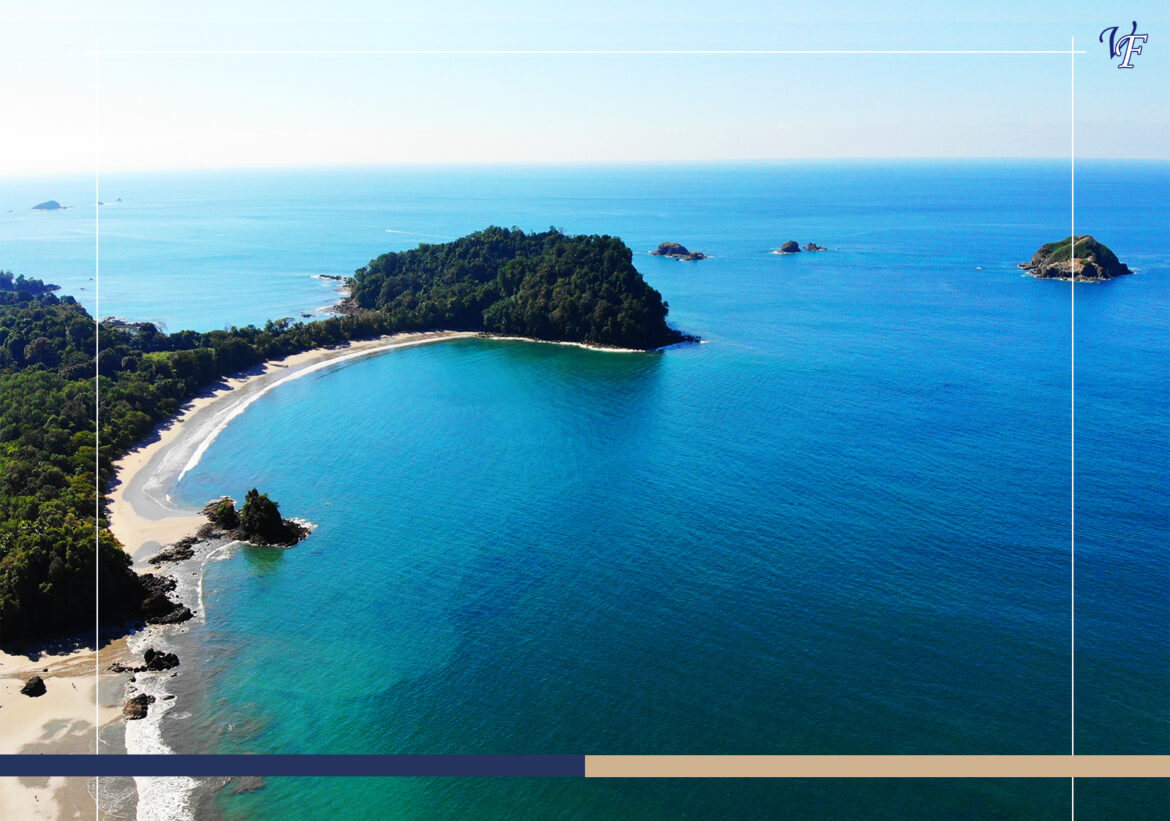Imagine standing on a moonlit beach in Costa Rica, where the only sounds are the rhythmic waves and the gentle rustle of palm leaves in the ocean breeze. Suddenly, the sand begins to stir. Before you know it, you’re witnessing a magical spectacle—sea turtles, the ocean’s ancient nomads, returning to the very beach where their life began to continue the age-old cycle of life.
This isn’t just a beach visit; it’s a front-row seat to one of nature’s most awe-inspiring events.
Welcome to our guide on turtle nesting in Costa Rica. Here, we’ll wander through the nesting grounds of these incredible creatures, uncover the secrets of their survival, and discover what makes Costa Rica a pivotal battleground in the fight to save these species.
So, grab your virtual sandals, and let’s begin our adventure that promises not just to educate but to inspire.
Discover the Magic of Turtle Nesting in Costa Rica
What is turtle nesting? Simply put, it’s the process by which female sea turtles return to land to lay their eggs in the sand, a ritual as ancient as the dinosaurs. In the stillness of the night, these magnificent creatures heave themselves up the beach, dig a nest with their flippers, deposit their eggs, cover them for protection, and then make their way back to the ocean.
This event occurs seasonally and is a profound reminder of the enduring life cycle that continues despite the hustle and bustle of the modern world. You must be aware of the sea turtle nesting season in Costa Rica, which runs from April to November, for a nice experience.
Why Include Turtle Nesting in Your Costa Rica Vacation Itinerary?
Costa Rica, with its extensive coastlines on both the Caribbean and Pacific, offers some of the most stunning backdrops for this natural spectacle. The charm of Costa Rica turtle nesting lies not only in the opportunity to witness this unique wildlife behavior but also in the serene beauty of its setting. Under the starlit sky, accompanied by the sound of the waves, watching turtles nesting becomes a truly magical experience, connecting you deeply with nature.
Including turtle nesting in your 5-day Costa Rica itinerary offers a unique blend of education, adventure, and relaxation. It’s a chance to see conservation in action and to participate in something larger than life—something few other experiences can offer.
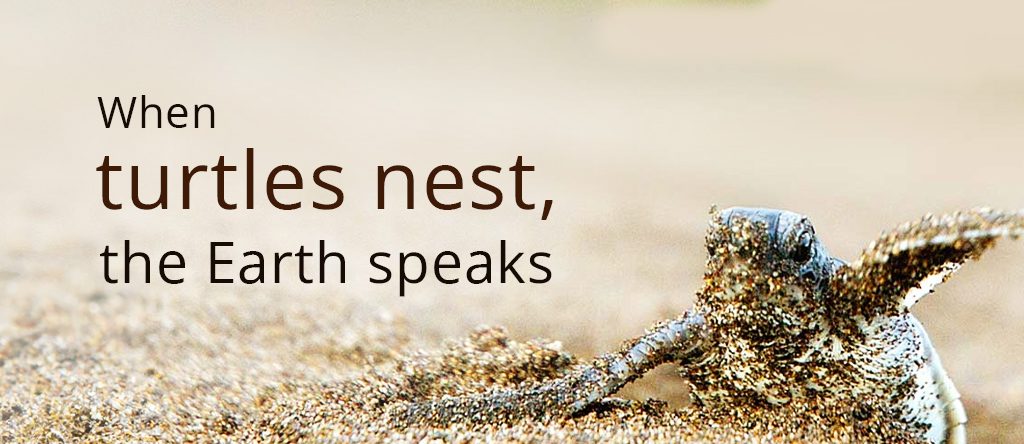
Species of Sea Turtles in Costa Rica
Costa Rica is a sanctuary for several species of sea turtles, each with unique traits and challenges. The following are the key species that visit its shores:
Green Sea Turtle (Chelonia mydas) – Endangered
The Green Sea Turtle is known for its large, smooth carapace, usually olive to brown. These turtles are primarily herbivorous and found mainly on the Caribbean coast, particularly in Tortuguero National Park. The major threats to their survival include poaching for their meat and eggs, habitat loss due to coastal development, and entanglement in fishing gear.
Hawksbill Sea Turtle (Eretmochelys imbricata) – Critically Endangered
Easily recognized by their strikingly colorful and patterned shells, Hawksbills are often found around coral reefs where their primary food source, sponges, is abundant. Their shells are highly valued as “tortoiseshell” in markets, making them a target for illegal wildlife trade.
Leatherback Sea Turtle (Dermochelys coriacea) – Vulnerable
The Leatherback is the largest of all sea turtles and lacks a hard shell; instead, it has a leathery carapace embedded with small bones. This species is frequently spotted in the Pacific, nesting at beaches like Las Baulas National Marine Park. Major threats include bycatch in fisheries, marine pollution, and coastal development impacting nesting sites.
Loggerhead Sea Turtle (Caretta caretta) – Vulnerable
Loggerheads have a distinctive large head and powerful jaws adapted for crushing hard-shelled prey like crabs and lobsters. They are more commonly found in the Pacific and face threats from accidental capture in fishing gear, loss of nesting beach sites, and ocean pollution.
Olive Ridley Sea Turtle (Lepidochelys olivacea) – Endangered/Vulnerable
Olive Ridleys are relatively smaller turtles with a heart-shaped carapace that can appear olive green. They are known for their mass nesting, which is called arribadas. Ostional Wildlife Refuge on the Nicoya Peninsula is a famous site for these arribadas. This turtle species faces difficulties collecting their eggs and being unintentionally caught in fishing nets.
Pacific Green Sea Turtle (Chelonia mydas) – Endangered
While genetically similar to the Green Sea Turtle, the Pacific Green has distinct migratory and feeding patterns adapted to the Pacific environment. Like their Caribbean cousins, they face severe threats from habitat destruction, illegal trade, and pollution.
Step-by-Step Explanation of the Nesting Cycle
Here’s a step-by-step guide that will take you through each phase of the nesting cycle, showcasing the remarkable journey these sea turtles undertake each year to continue their lineage.
- Arrival and Beach Selection: The nesting process begins when female turtles find their way back to the beach of their birth. They are guided by instinct and possibly the earth’s magnetic field. Despite the odds, they remember its unique magnetic signature and return, sometimes traveling thousands of miles.
- Digging the Nest: Upon choosing a spot on the beach, typically above the high tide line, the turtle uses her hind flippers to excavate a hole. This can take several hours; the hole must be deep enough to protect the eggs from predators and environmental conditions.
- Egg Laying: Once the nest is ready, the turtle lays eggs, ranging from 50 to over 100 soft-shelled eggs. This part of the process is particularly vulnerable and requires absolute quiet and minimal disturbance.
- Covering the Nest: After laying her eggs, the turtle covers them with sand to camouflage and protect the nest from predators and environmental elements. This also helps maintain the necessary temperature for incubation.
- Returning to the Sea: Exhausted but driven by instinct, the turtle makes the arduous journey back to the ocean, leaving the eggs to incubate. She will not return to the nest.
- Hatching: After about 45-70 days, depending on the species and environmental conditions, the eggs hatch. The tiny hatchlings make their perilous journey to the sea, guided by the natural light horizon over the ocean and their instinct to reach the water. Costa Rica turtle hatching season is from March to November. So, plan your visit for turtle watching according to the sea turtle hatching season if you wish to enjoy the whole cycle of turtle nesting in Costa Rica.
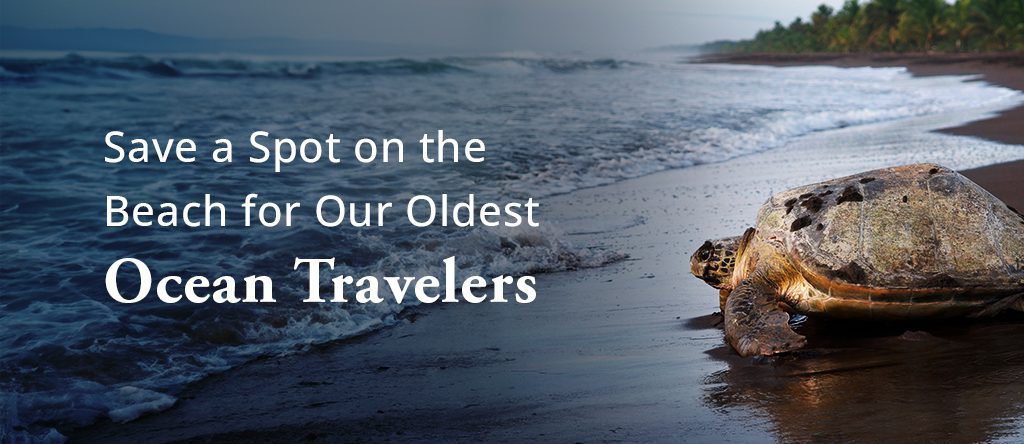
Best Nesting Sites in Costa Rica
| Name | Location | Best Time to Visit for Turtle Nesting | Other Activities You Can Do |
| Tortuguero National Park | Northern Caribbean Coast | July to October (Green Sea Turtles) | Jungle tours, canoeing, and wildlife-watching |
| Ostional Wildlife Refuge | Nicoya Peninsula | August to December (Olive Ridley arribadas) | Surfing, hiking, local cultural experiences |
| Las Baulas National Marine Park | Guanacaste | October to March (Leatherback Sea Turtles) | Surfing, horseback riding, and visiting nearby beaches |
| Santa Rosa National Park | Guanacaste | September to March (Multiple species) | Hiking, historical tours, and wildlife viewing |
| Hermosa Beach | Central Pacific | May to November (Smaller nesting events) | Surfing, snorkeling, and relaxing on the beach |
| Gandoca-Manzanillo Wildlife Refuge | Southern Caribbean Coast | March to July (Hawksbill and other turtles) | Snorkeling, dolphin watching, and jungle hikes |
| Osa Peninsula | South Pacific Coast | July to December (Emerging site) | Eco-tours, bird watching, and kayaking |
| Montezuma | Nicoya Peninsula | October to February (Various species) | Waterfalls, yoga, ATV tours, and beach hopping |
Conservation Challenges and Efforts
Sea turtles face numerous threats that jeopardize their survival. These challenges stem from both natural and human-induced factors, and addressing them requires concerted conservation efforts.
Threats to Sea Turtle Survival
- Poaching: Despite legal protections, poaching remains a significant threat, with turtles killed for their meat, shells, and eggs. Both local consumption and international demand for turtle products drive this illegal activity.
- Habitat Loss: Coastal development for tourism and residential purposes has led to the loss of critical nesting beaches. Light pollution from beachfront properties also disorients hatchlings, leading them away from the sea.
- Climate Change: The climate change affects the sea turtle nesting season in Costa Rica. Rising sea levels and increasing temperatures affect nesting beaches and egg incubation. Warmer sands can skew the sex ratio of hatchlings, favoring more females, which could impact future reproduction rates.
- Bycatch in Fishing Gear: Many turtles are accidentally caught in fishing nets and longline hooks. These unintended captures can cause injuries or death, significantly affecting turtle populations.
Ongoing Conservation Strategies and Programs
Efforts to protect sea turtles in Costa Rica involve a range of strategies and collaborations:
- Legal Protections: Costa Rica has enacted laws and regulations to protect sea turtles, including banning the harvesting of turtle eggs and meat and protecting nesting beaches as wildlife refuges and national parks.
- Community Involvement: Local communities play a crucial role in conservation. Programs involving community members in monitoring and protecting nests have successfully reduced poaching rates.
- Scientific Research: Research on turtle migration patterns, health, and behavior helps inform conservation strategies. Satellite tracking and genetic studies are among the tools used to understand sea turtles better and protect them.
- International Collaboration: Sea turtles are migratory, crossing international waters. Costa Rica collaborates with neighboring countries and global conservation organizations to create comprehensive protection strategies.
- Eco-Tourism: Costa Rica has promoted eco-tourism and responsible tours to support conservation efforts. By providing economic benefits from guided turtle-watching tours, locals have incentives to protect rather than poach.
- Public Education and Awareness: Educating both locals and tourists about the importance of sea turtle conservation is crucial. Programs that explain the ecological role of sea turtles and their threats help garner support for conservation measures.
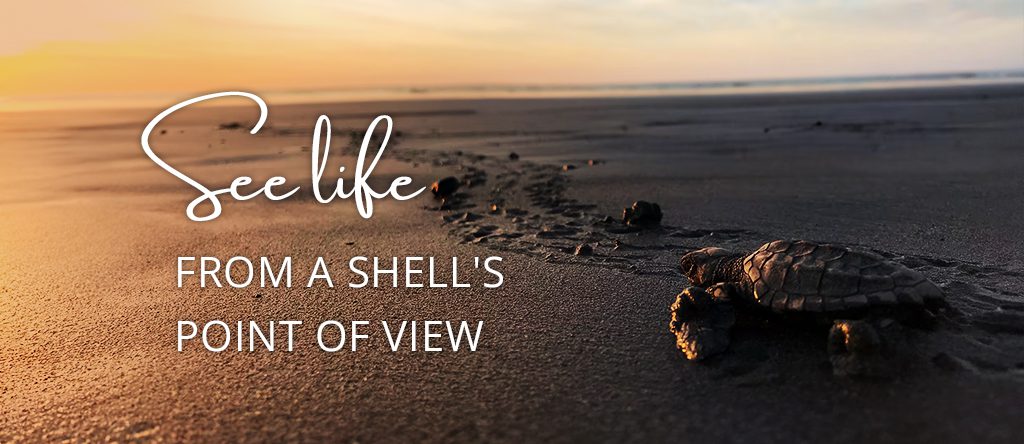
Beyond the Nest…
Turtle watching in Costa Rica offers a profound glimpse into the marvels of nature and the critical efforts to preserve it.
To deepen your connection with this enchanting country, consider renting a villa in Costa Rica where you get privacy, comfort, and a touch of luxury. A villa places you in the heart of the landscape, making your visit more intimate and memorable. It’s the perfect way to embrace the vibrant culture and natural beauty of the country, ensuring a truly immersive experience in the Pura Vida lifestyle.



